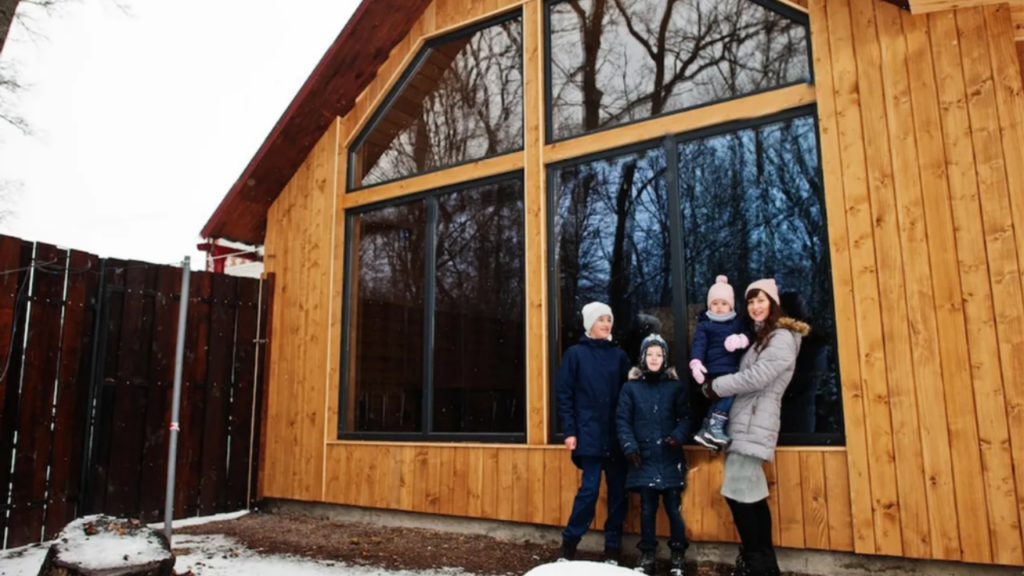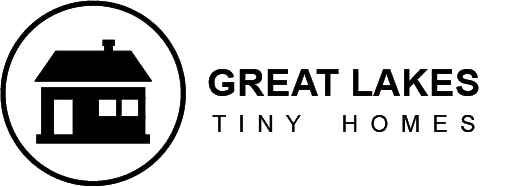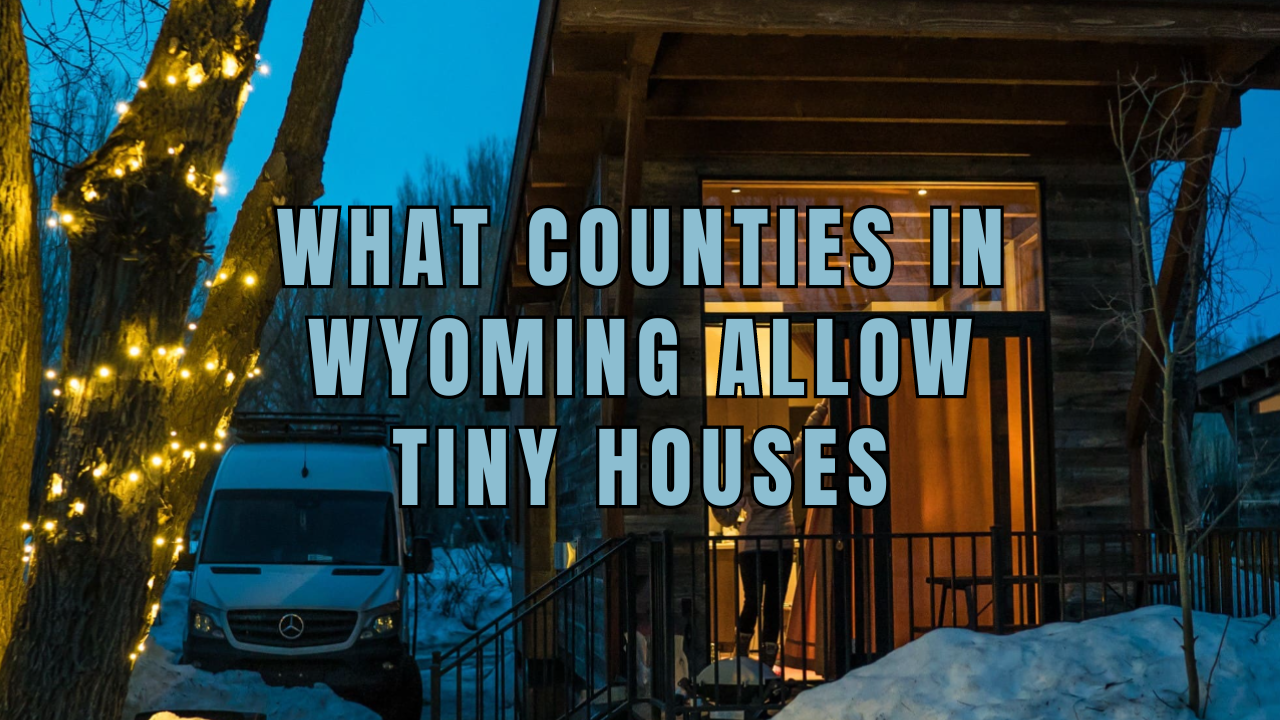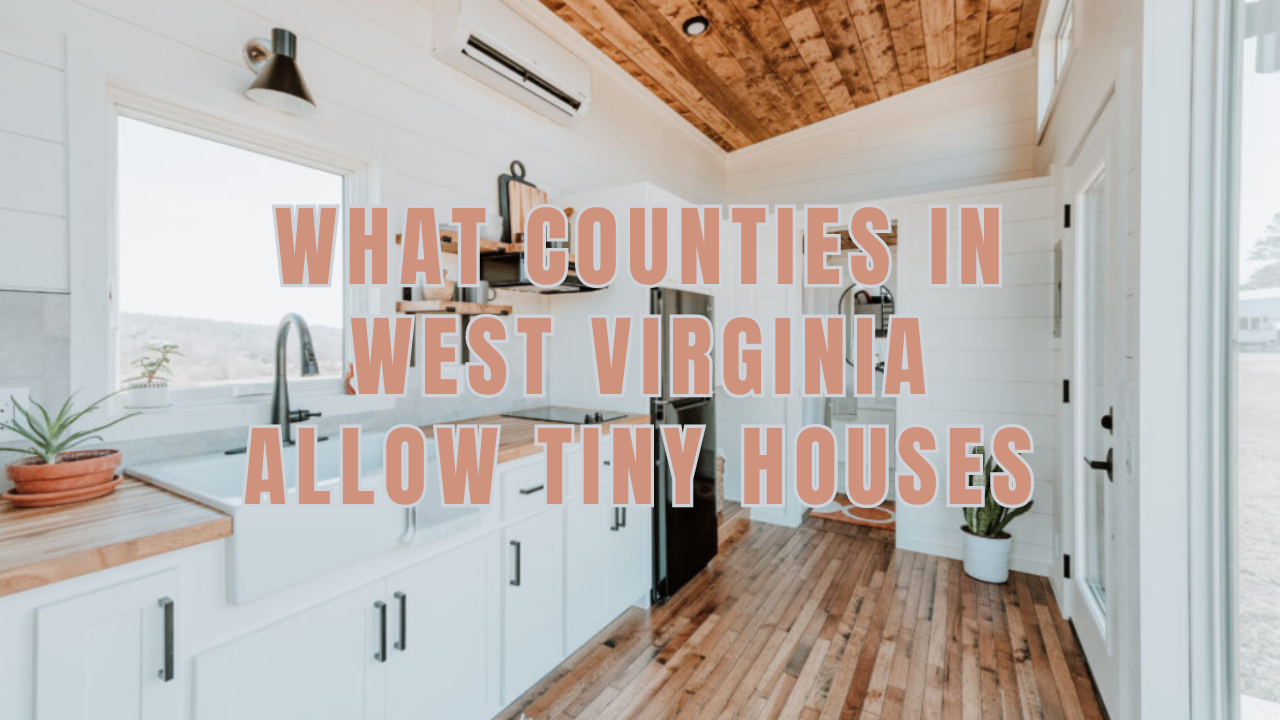Alaska is a huge and varied state with several environments, cultures, and weather. Additionally, the rules and regulations about tiny houses vary according to the county, city, or borough in which you reside.
If you are considering moving to Alaska and living in a small home, you are wondering which cities and counties accept them and what laws, buildings, and zoning codes you should be aware of.
Thus, you should do your homework and inquire with the relevant local authorities and organizations about the laws and ordinances that apply to your intended area before deciding to build or buy a tiny house in Alaska.
Tiny House Prices in Alaska
Now that you have set sail on your tiny house project, you are probably wondering about pricing options that fit your budget and your tiny living dreams.
Great news! We have an option for every living style and budget to help you move one step closer to your living project. Check out tiny houses for sale in Alaska!
What Counties in Alaska Allow Tiny Houses?
Tiny houses are permissible in Alaska; however, the restrictions and zoning laws vary by region. Because they are subject to municipal jurisdiction, each city, town, or county may have its regulations and standards for tiny homes.
Tiny homes on wheels and tiny homes on a foundation are allowed in Alaska because it accepts the International Residential Code (IRC) Appendix Q as the requirement for tiny dwellings on foundations. Tiny houses on foundations with a floor space of 400 square feet or less are permitted under this rule. In the meantime, THOW follows RV hookup regulations.
Anchorage Municipality County
Tiny houses on wheels, also known as RVs, are only allowed in R-5 zones in Anchorage. Tiny home installations are restricted in certain zones due to particular regulations regarding lot size and yard area. Nevertheless, these rules could be somewhat lenient in the event of conditional use permission.
Anyone on municipal land needs water and sewage, and tiny buildings on foundations have a conditional use permit.
Sitka County
As one of the original jurisdictions in the US to welcome tiny homes on foundations, the city and borough of Sitka stand out for having done so and even establishing a distinct categorization just for moveable tiny homes. An ordinance that amends Appendix Q that applies to movable tiny homes in the city from the floor joists up must be constructed under IRC Appendix Q standards.
Your home’s safety and legality will be guaranteed when building a tiny house on a foundation, obtaining a building permit, and adhering to local building rules.
Tiny House Regulations And Rules In Alaska
According to the Alaska Housing Finance Corporation, tiny houses must be built following the IRC Appendix Q standards. It ensures that the structures meet safety and quality standards, allowing for the legal placement and occupation of tiny houses in Alaska.
Permanent Structure Rules
Tiny houses on solid foundations are permanent buildings, and Alaska has adopted IRC Appendix Q. The fundamental requirements are:
- The floor space of the tiny house cannot be more than 400 square feet, not including lofts.
- The corridors and livable areas of the tiny house must be at least 6 feet, 8 inches tall.
- The ceiling height in the kitchen, restroom, and bathroom areas of the tiny house must be at least 6 feet 4 inches.
- Lofts must have a minimum floor space of 35 square feet.
- Lofts cannot be any smaller than five feet in any direction.
- The minimum width of stairways leading to lofts should be 17 inches at or above the railing and 20 inches below it.
- The bottom of the escape roof access in lofts utilized as sleeping rooms shouldn’t be more than 44 inches over the loft floor.
Temporary Structure Rules
Considering some localities in Alaska have their categorization while others do not, the legislation of small houses on wheels is more geographically specific.
RVs are what most Alaskans refer to as mobile houses. It means they have to adhere to the RV industry standards set by the Recreational Vehicle Industry Association and the legislation unique to Alaska.
Among the specifications that temporary tiny houses in Alaska must adhere to for RVs are:
- The width, including the cargo, cannot be more than 102 inches.
- On either side of the vehicle, the width restriction of 102 inches shall not be more than 3 inches of equipment.
- The truck should not be taller than 15 feet, including the cargo. However, a car traveling on the Dalton and Elliott Highways between the Fox Weigh Stations and Prudhae Bay may be as tall as 17 feet (with the cargo).
Transitional Structure Rules
There are no state-wide transitional structure regulations in Alaska. Local governments are free to establish rules governing their construction.
These rules specify the locations for the construction of transitional structures and the safety requirements they must fulfill (for the plumbing and electrical systems).
In Alaska Where Can I Build a Tiny House?
The location of your tiny house is vital. Select a certified tiny house builder to guide you through the process, manage all the paperwork, and ensure your residence complies with building codes.
Although constructing a tiny house is a big project, it does not need to be stressful if you plan accordingly. The typical places for tiny houses include:
- RV parks
- National Parks and campgrounds
- Tiny house communities
- Private properties
Tiny Home Communities in Alaska
Tiny house communities in Alaska are becoming popular due to the high cost of living and the desire for a simpler lifestyle. These communities often prioritize sustainable living practices and communal spaces, creating a sense of unity among residents. With stunning natural surroundings, tiny house living in Alaska offers a unique and close-knit community experience.

Tamarack Knoll Community
Tamarack Knoll is a community of rural cohousing. The land, common building, and improvements are held in common through a nonprofit condominium legal framework, but the tiny homes are privately owned. It has a shared facility with a bathroom, bath, laundry machine, and community kitchen. It also shares nightly meals and a water source.
Tongass Tiny Home Village
The emerging tiny home community of Tongass Tiny Home Village is in the center of the Alaskan rainforest. This community wants to be a peaceful place where people can live together, own their land, prosper, and participate in decisions that affect the community as a whole.
Several tiny house styles are available at the Tongass home village, including park models, site-built houses, modular homes, and movable tiny homes. In addition, it has amenities including a dog park, community garden, small house hotel, and wedding destination.
Tiny House Building Near Me
Tiny home builders like Great Lakes Tiny Homes offer multiple tiny house designs with nationwide delivery, eliminating the need to scout for local home builders to find your dream home.
Furthermore, Great Lakes Tiny Homes is an RV Industry Association (RVIA) builder. Passionate about the highest manufacturing standards and strict compliance with the building, safety, and regulatory guidelines for compact residences.
Do I Need a Certified Builder?
Yes, you do. You could consider the DIY approach, but the risks are higher and the results are uncertain.
Working with an RVIA-certified builder, like Great Lakes Tiny Homes, assures you will own a manufactured home according to rules and regulations.
Furthermore, it offers peace of mind because it ensures the materials in your residence are safe, durable, and of top quality.
Other advantages of working with a certified builder include streamlined access to financing options and insurance coverage. Compliance with RVIA standards certifies your tiny house is a safe and habitable environment.
FAQs
Can You Make a Tiny House in Alaska Your Main Residence?
Yes, you can make a tiny house your permanent residence in Alaska.
However, be mindful of the local rules and regulations. The best practice is to check with your local authorities and zoning officials to discover if your tiny house adheres to codes and regulations, including inspections.
Do your homework and work with certified builders to enjoy the perks of a simpler, more sustainable lifestyle in Alaska.
In Alaska, Can I Construct and Place a Tiny Home in My Backyard?
In much of Alaska are not allowed to build a tiny home in your backyard. It is because the state’s adoption of Appendix Q of the IRC covers tiny houses used as single dwelling units or buildings that stand alone on the property.
Several towns are changing their local land use regulations to allow tiny houses on solid foundations to enter areas that permit accessory dwelling units.
As long as it is on a solid foundation and complies with local tiny house building codes, you can build a small house in your backyard in these locations.
What Is the Largest Size in Alaska for a Tiny House?
Minimal square footage restrictions are for tiny houses in urban areas and countries with more stringent building rules.
However, the minimum size standards are less stringent in rural locations and jurisdictions with loose construction rules, permitting smaller, tiny dwellings.
A home cannot be larger than 400 square feet in Alaska to qualify as a tiny house. Although the maximum size is 400 square feet, local tiny house laws based on Appendix Q of the International Residential Code determine the minimum size requirements.
Conclusion
Tiny home living in Alaska can be a fulfilling and exciting experience. Although it has some challenges and restrictions, such as the size, layout, location, and amenities of your tiny home, it may be subject to various rules and restrictions depending on where you choose to settle.
Therefore, before you start your tiny home trip, it’s vital to do some research with the local authorities and specialists. You may appreciate the beauty and independence of living in a tiny house in Alaska if you abide by the regulations and treat the environment with care.





